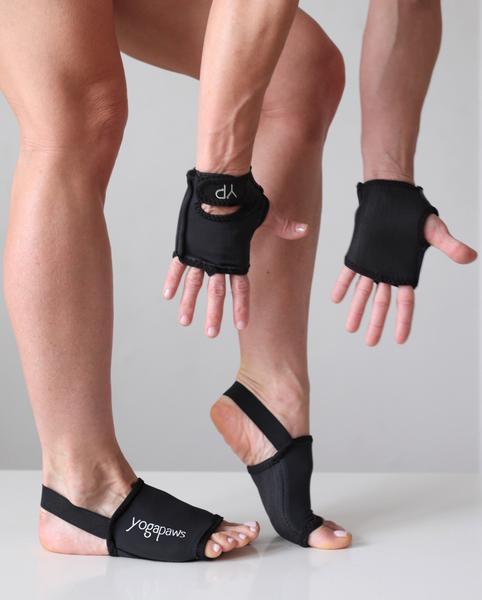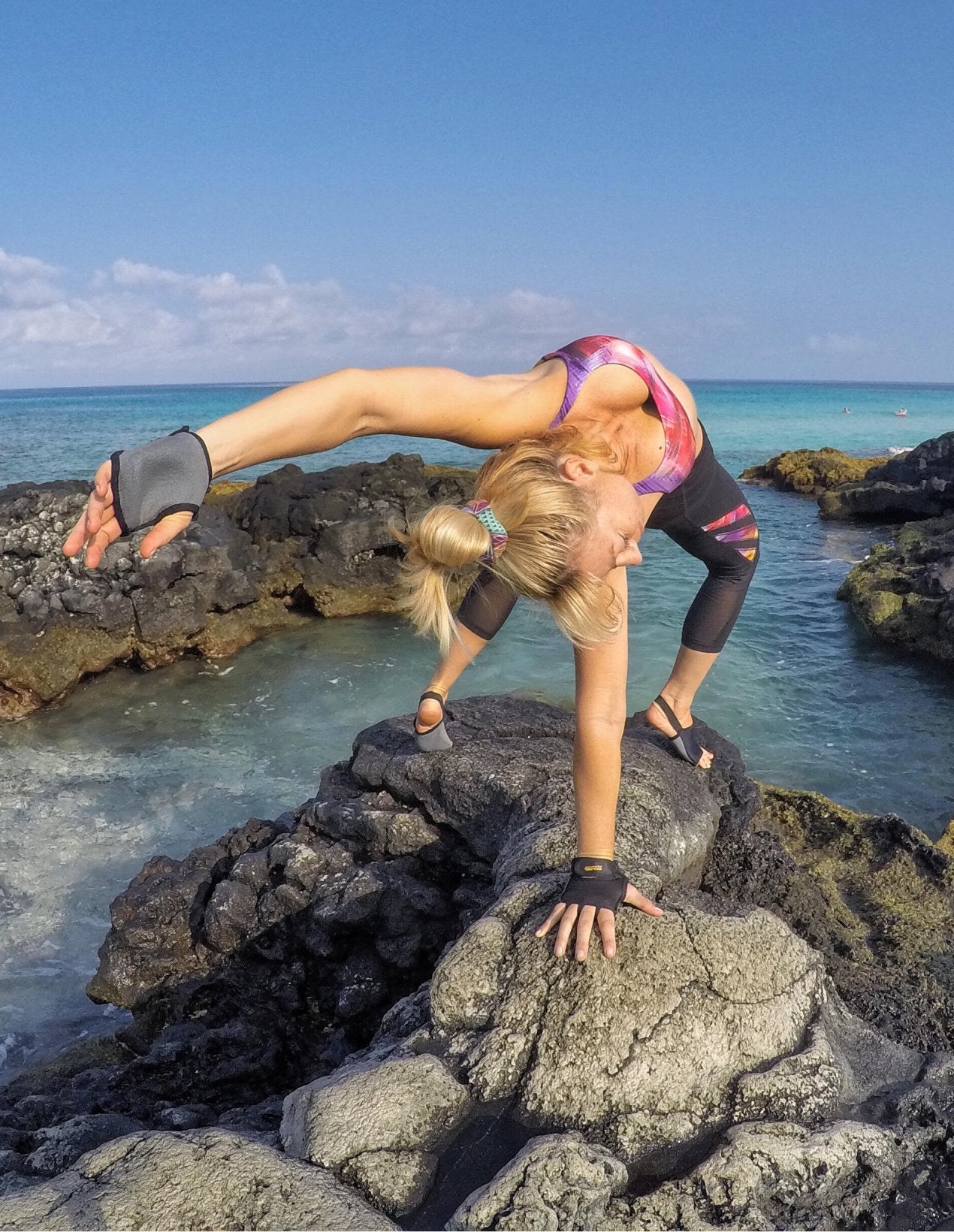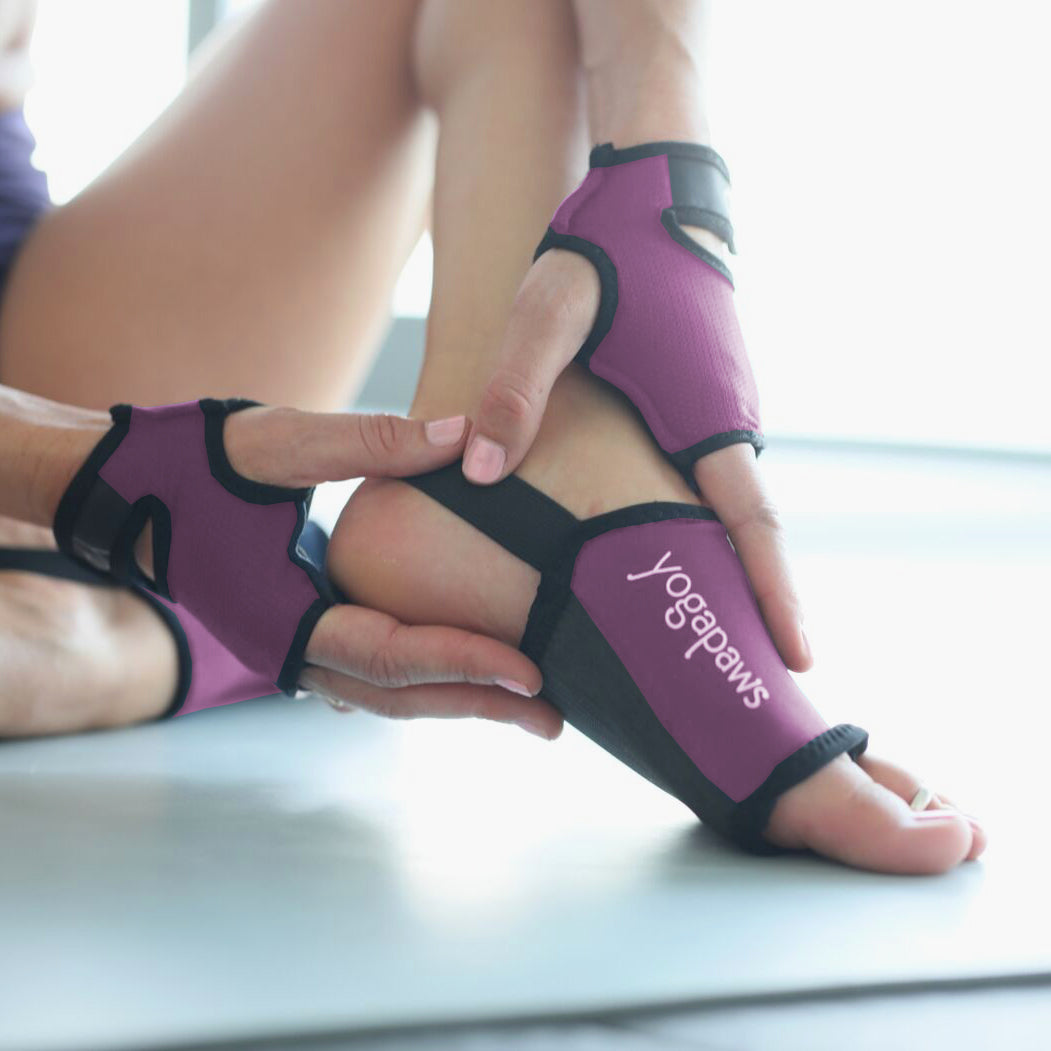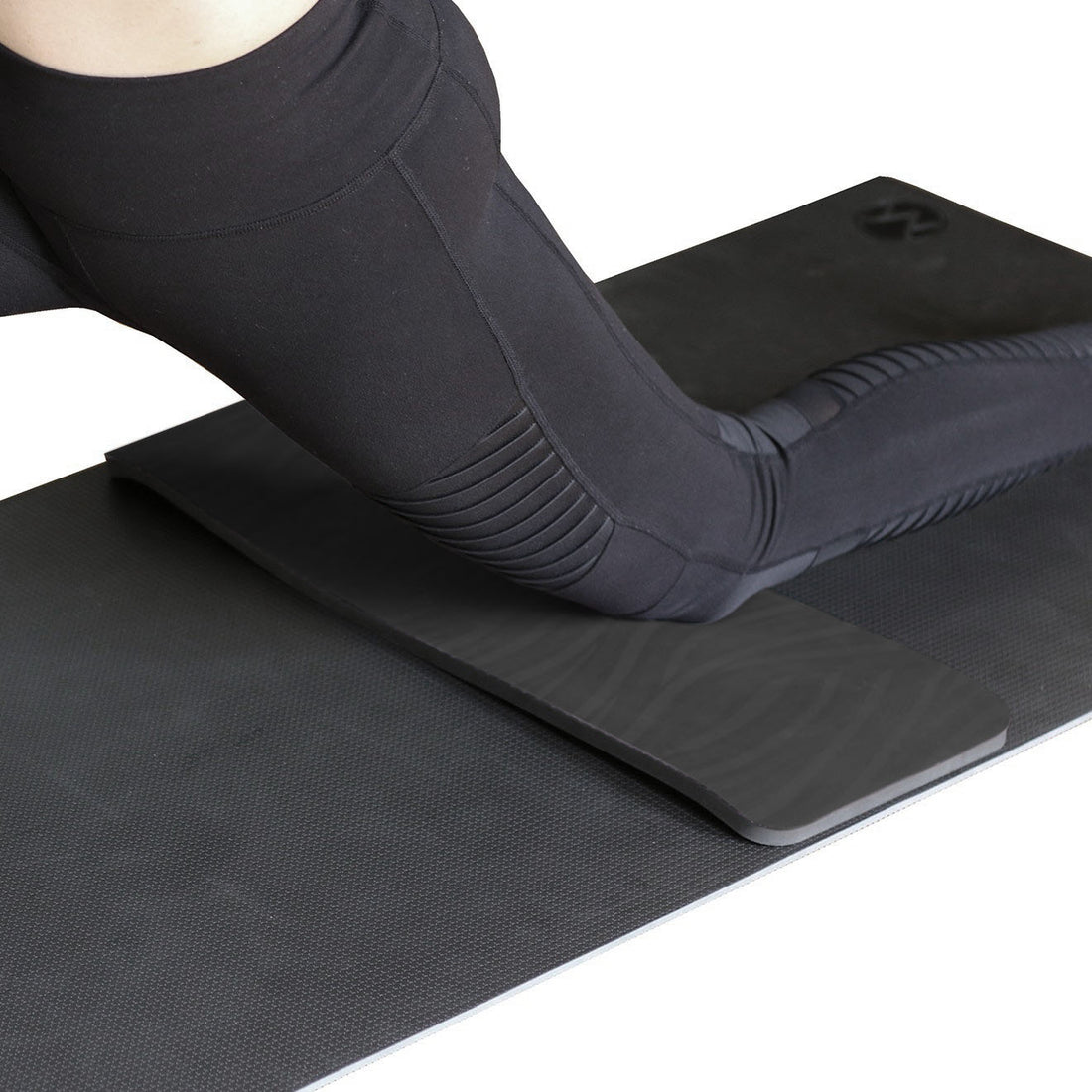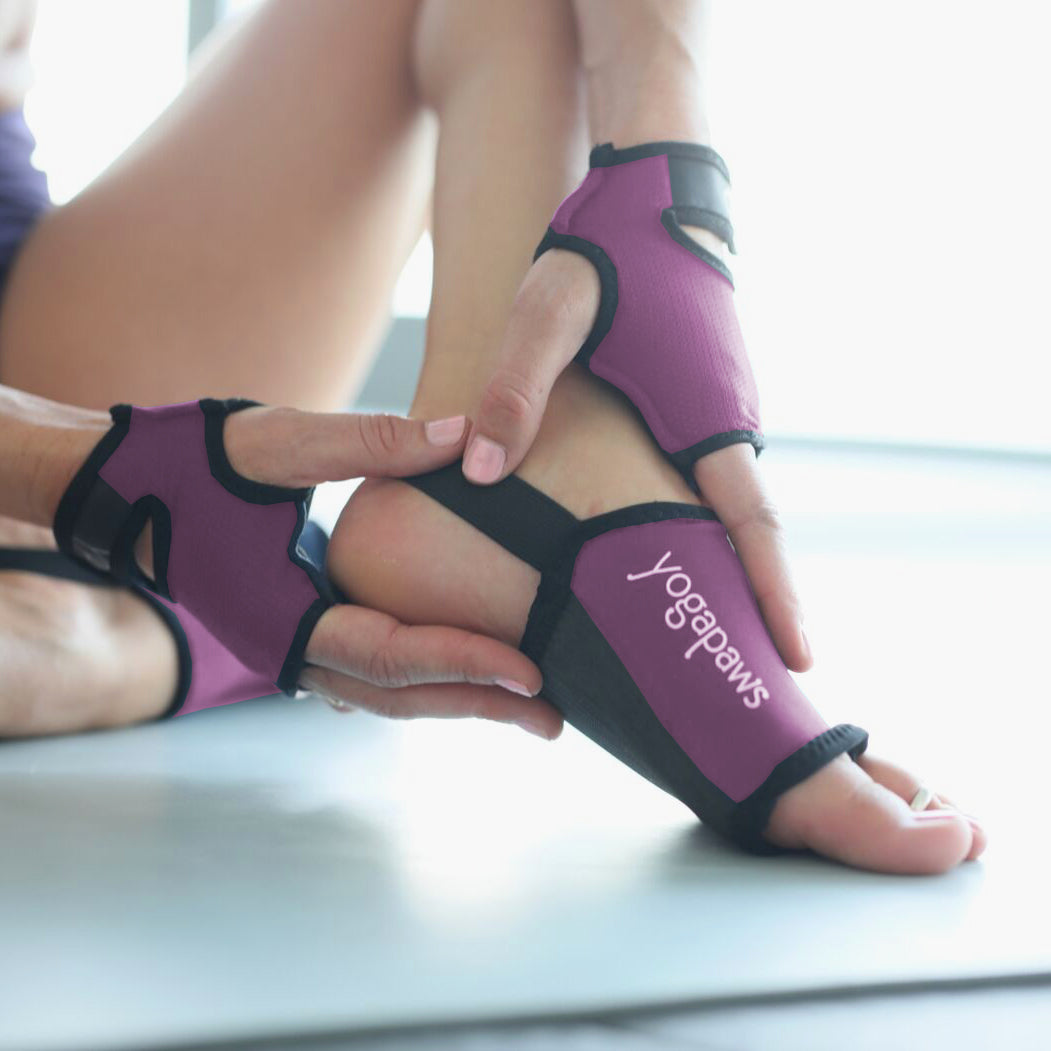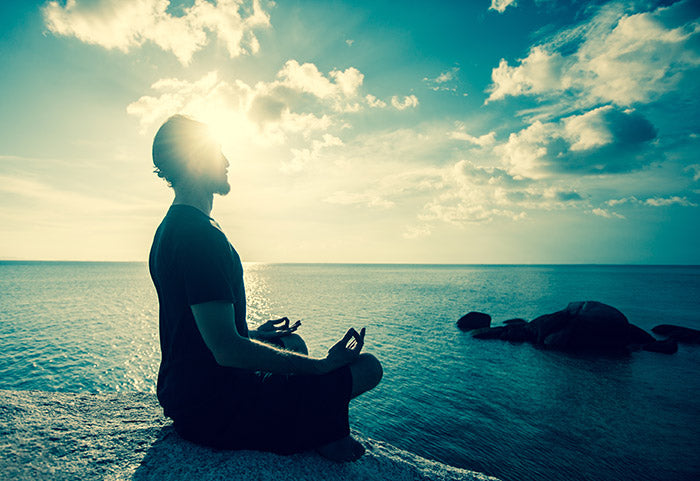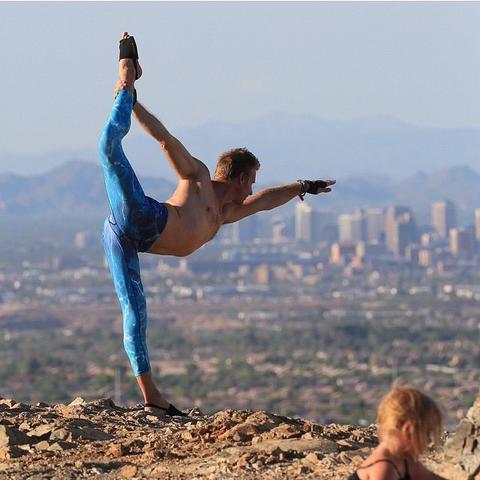 If you’re like most yoga students, you’ve probably had some time away from your regular practice while you enjoyed your holidays and planned for the new year. You might be anticipating feeling a little sore after the first week of “back to school” in your practice, but chances are your body and mind are looking forward to hitting the mat in your favorite classes. You’ve recharged your mind and probably formulated a list of goals in your life and in your practice for the coming year. Those first few classes back, everything seems possible and you joyfully expect to end the year looking back on having achieved all that you wanted. But, often, in a month or so, as “real” life begins to take its stressful, time-crunched toll, you feel like you are losing sight of what made those things so important.
If you’re like most yoga students, you’ve probably had some time away from your regular practice while you enjoyed your holidays and planned for the new year. You might be anticipating feeling a little sore after the first week of “back to school” in your practice, but chances are your body and mind are looking forward to hitting the mat in your favorite classes. You’ve recharged your mind and probably formulated a list of goals in your life and in your practice for the coming year. Those first few classes back, everything seems possible and you joyfully expect to end the year looking back on having achieved all that you wanted. But, often, in a month or so, as “real” life begins to take its stressful, time-crunched toll, you feel like you are losing sight of what made those things so important.
So, now is the time to set a foundation for your practice that will keep building and growing for the next 51 weeks, even when you don’t believe it.
The first step is to narrow down your focus to one aspect of your practice. It’s too easy to get overwhelmed thinking “I’m bad at everything.” If you don’t feel like you have a grip on where to concentrate your energy, ask your teacher. Maybe there isn’t any singular pose that you feel you have to master, but you’d like to strengthen your arms. Maybe you want to be able to move more gracefully between poses during the class. Maybe there is that one magazine cover moment you want to recreate. Whatever you dream of being able to do, think about your year in yoga in those terms. If your goal is to open your hips, imagine releasing them consciously in each pose, from letting your knees drop open as you sit in Padmasana (Lotus Pose) for the opening meditation to rotating your raised leg outward in Vrkasana (Tree Pose).
The poses below are workhorses in yoga—whatever your goals, you can apply them in this practice. Sometimes, too, if your goals are more complex—maybe you want to gain both strength and flexibility—try revisiting one pose with a different focus. Here are some to play with:
 |
Ananda Balasana (Happy Baby Pose) Benefits: This reclining stretch opens your hips in preparation for deeper stretches. How to do it: Lie on your back. Bend both knees toward your chest, then grasp the outsides of your feet with the same-side hand. Focus on bringing your knees up toward your armpits, opening them slightly. Keeping your back long and connected to the floor, use your hands—or a strap around each foot—to gently pull your knees toward the ground. Remain in the pose for 30 seconds to one minute. |
 |
Benefits: This inversion works your core while stretching out your back, helping rebalance your body after the day. How to do it: Begin lying on your back. Press your palms at your sides down into the floor. Using your core, draw your legs up and over your head so that your toes reach toward the wall behind you. If you want to, you can support your low back with your hands or join your fingers on the floor. Hold for one to five minutes, then release. |
 |
Benefits: This balancing pose challenges you to hold your hips open while engaging your core, which stabilizes your body in a range of poses. How to do it: Start by sitting in Padmasana (Lotus Pose). Place your hands at your sides, on the floor or on blocks. Activate your abdominal muscles and press into the floor to lift your hips up. Hold for 10 to 15 seconds, then release. |
Stay Mindful. Be focused on your chosen areas, but make sure to quickly check in with the rest of your body. If you are working on flexibility in your back, for example, take a moment to register whether your legs are in the correct alignment. This approach will help you prevent injuries.
Breathe. Your teacher probably reminds you to do this a dozen or more times every class, but being aware of the rhythm of your breath is a great way to stay in touch with your body. If you feel your breath getting shallow, relax and back away from the pose for a moment.
Remember, yoga is not a race. There are no points awarded for Most Improved Student. While it’s great to have goals (including ambitious ones), don’t let yourself be discouraged if you do, once in a while, have a class where things just don’t work. Return your focus to the moment—you’ll often find that you learn an amazing amount from those times. Maybe you finally get the hang of that challenging breathing exercise, or maybe you just let go and experience a deep relaxation. Enjoy the class for what it is and be confident that you will return to your focus next time.




